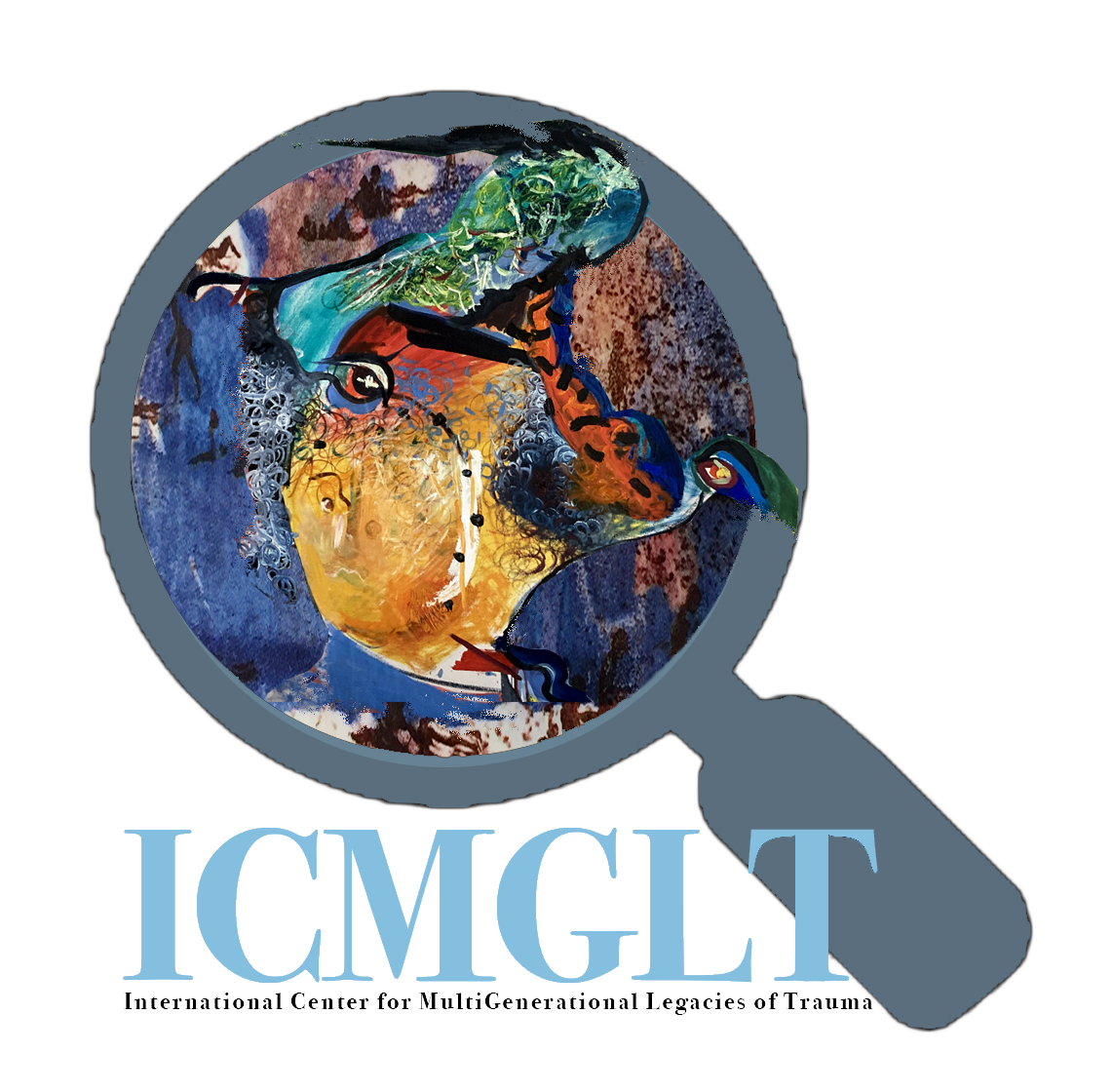Raphael, B., Swan, P., & Martinek, N. (1998). Intergenerational Aspects of Trauma for Australian Aboriginal people. In International Handbook of Multigenerational Legacies of Trauma (pp. 327-339). Springer, Boston, MA.
Introduction
Australian Aboriginal peoples constitute a multitude of tribal and cultural groups. Their pres- ence on the Australian continental land mass can be established as going back as far as 60,000 years, and they represent the oldest continuous, identified culture ofpeople in the world today. They were generally a nomadic people, although with different communities and family oc- cupying relatively defined areas of land, their tribal lands. These lands were identified through knowledge passed down in oral traditions. Particular understandings and “Law” were held by tribal elders, but the rich cultural heritage was for the most part understood and valued by all peoples. There were over 600 languages and groups.
In 1788, the first white settlement was established formally in Australia, the Colony of New South Wales, at Sydney. The Australian continent had been claimed by Captain James Cook for the British in 1770, although there had been other non-Aboriginal explorers, including Dutch and Portuguese. A core understanding that must be incorporated into any consideration of intergenerational aspects of trauma is that in claiming this land for the British and in colonizing it, it was seen as “Terra Nullius” (i.e., a land of no peoples). This meant that from the very beginning, there was a denial by the white colonizers of the reality of Aboriginal peoples as human beings, and of their rights to the land they had inhabited for millennia.
This loss of land is a potent background to understanding trauma and its intergenerational ef- fects for Aboriginal people, for it impacted on their well-being and has continued to do so in many ways.

